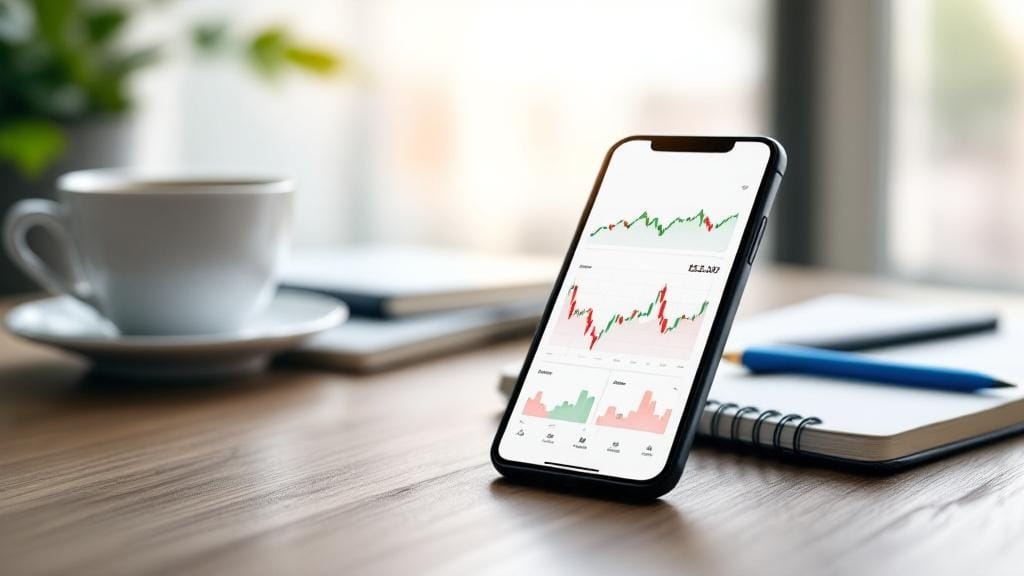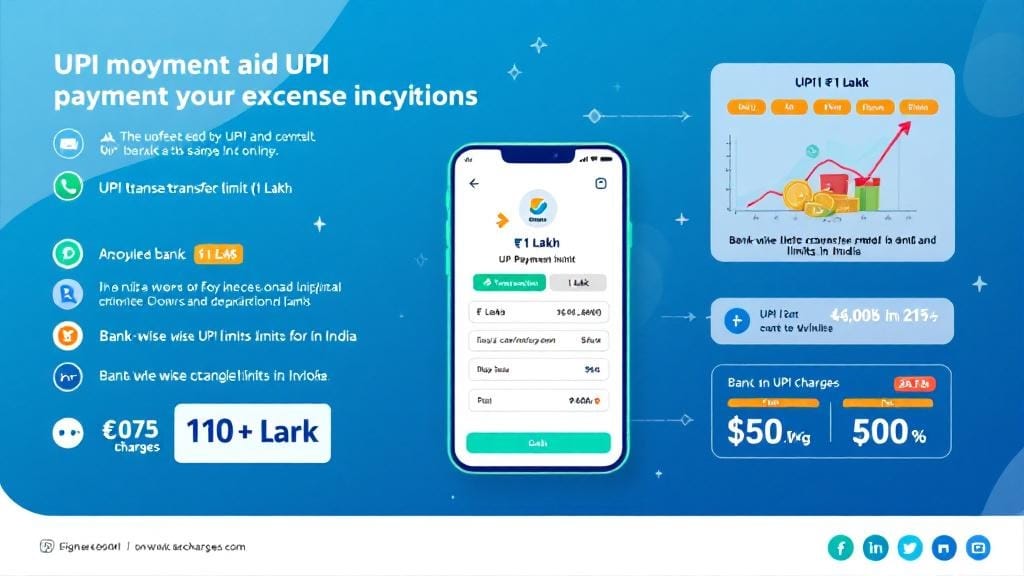Forex trading can be complex, but one thing that simplifies it significantly is understanding and utilizing forex charts. These charts are invaluable tools for traders, helping them analyze price movements and trends to make informed decisions. In this guide, we’ll walk you through everything you need to know about forex charts—strategies, tips, and the best tools to maximize your trading potential.
What Are Forex Charts?
At the core of forex trading, forex charts display the historical price data of currency pairs over a set period. These charts help traders spot trends, patterns, and potential price movements in the forex market. Whether you are a seasoned trader or a beginner, understanding how to read and interpret these charts is critical to your success.
Forex charts come in various types, each offering unique advantages. The most popular chart types include candlestick charts, line charts, and bar charts. The choice of chart often depends on your trading style, preferences, and the specific insights you need.
The Importance of Forex Charts in Trading
The primary purpose of forex charts is to help traders make informed decisions. By analyzing forex chart patterns and trends, you can forecast potential price movements and adjust your strategy accordingly. Here’s why forex charts are vital for successful trading:
Real-Time Insights: Live forex charts allow traders to monitor price movements in real time, helping them make quick decisions.
Identify Trends: By analyzing historical data, forex traders can identify upward, downward, or sideways trends in the market.
Spot Entry and Exit Points: The right chart patterns can indicate the best times to enter or exit a trade.
Risk Management: Forex charts enable you to set stop-loss and take-profit levels based on price action, enhancing risk management.
Types of Forex Charts
1. Candlestick Forex Charts
One of the most popular chart types is the candlestick forex chart. These charts provide more information than line charts and are essential for understanding price action. Each candlestick represents price movement within a specific time period, showing the opening, closing, high, and low prices.
Why traders love candlestick charts:
Candlesticks help visualize market sentiment and potential reversals.
They are particularly useful for pattern recognition, such as head and shoulders, double tops, and flags.
2. Line Forex Charts
A line forex chart is the simplest type of chart. It plots the closing prices of a currency pair over time, connected by a continuous line. While it offers a clear view of the overall trend, it lacks the detailed information provided by candlestick charts.
Why traders use line charts:
They are easy to understand for beginners.
Great for seeing the big picture without being distracted by market noise.
3. Bar Forex Charts
Similar to candlestick charts, bar forex charts also show the open, high, low, and close prices, but with a different visual structure. They provide detailed information but can be a bit harder to read compared to candlesticks.
Why traders use bar charts:
Good for traders who need detailed price information without the visual cues of candlestick charts.
Help with more precise technical analysis.
4. Best Forex Charts for Different Traders
Choosing the best forex charts depends on your trading style and experience. Beginners might prefer line charts or simple candlestick charts, while more advanced traders often use candlestick charts for in-depth analysis.
Key Forex Charting Tools
To enhance your trading experience, having the right forex charting tools is crucial. These tools can provide real-time data, draw trendlines, and analyze patterns. Here are some of the best tools to help you with your forex chart analysis:
1. Forex Chart Software
There are various forex chart software options available, such as MetaTrader 4 (MT4), MetaTrader 5 (MT5), and TradingView. These platforms offer a wide range of features, from advanced charting tools to real-time market data.
MetaTrader 4/5: Ideal for both beginners and advanced traders, offering advanced charting tools and automated trading features.
TradingView: A popular choice among traders for its user-friendly interface and extensive charting capabilities, including custom indicators and drawing tools.
2. Online Forex Charts
Online forex charts are web-based platforms that allow traders to view live price data, draw trendlines, and apply technical indicators. Websites like Investing.com and TradingView provide free access to these tools, making them accessible for traders of all levels.
3. Forex Technical Charts
Forex technical charts are charts that include technical indicators such as moving averages, RSI, MACD, and Fibonacci retracements. These indicators help traders make data-driven decisions based on past price movements and market conditions.
Key technical indicators to watch for:
Moving Averages (MA): Smooth out price data to identify trends.
Relative Strength Index (RSI): Helps identify overbought or oversold conditions.
MACD (Moving Average Convergence Divergence): A trend-following momentum indicator that helps identify buy and sell signals.
Forex Chart Patterns
Forex chart patterns are recurring formations that can predict future price movements. Recognizing these patterns is an essential skill for traders who use technical analysis to trade the forex market.
Common Forex Chart Patterns
Head and Shoulders: A reversal pattern that signals the end of an uptrend or downtrend.
Double Top and Double Bottom: Indicate potential trend reversals after a strong trend.
Triangles (Ascending, Descending, Symmetrical): Suggest continuation or breakout after consolidation.
Flags and Pennants: Short-term continuation patterns that signal a brief consolidation before continuing in the same direction.
How to spot patterns:
Look for symmetry and confirmation from other indicators.
Practice on demo accounts to become proficient at identifying patterns.
Forex Trendlines
Trendlines are an essential component of technical analysis on forex market charts. Drawing trendlines helps identify the direction of the market and potential support and resistance levels.
Uptrend: Connects higher lows in a bullish market.
Downtrend: Connects lower highs in a bearish market.
Moving Averages and Trendlines
Moving averages are often used in conjunction with trendlines to smooth out price action and identify long-term trends. By combining these tools, traders can filter out market noise and focus on the broader market direction.
Strategies for Trading Forex Charts
1. Forex Price Action Trading
Forex price action refers to using past price movements to make trading decisions. By analyzing forex price charts and spotting key levels of support and resistance, traders can predict potential price reversals or breakouts.
Price action strategies: Look for candlestick patterns like engulfing candles or pin bars to determine entry and exit points.
Risk management: Always use stop-loss orders to protect against large market swings.
2. Forex Trading Strategies Based on Chart Patterns
Incorporating forex chart setups into your trading strategy can help you identify high-probability trades. For example, you can combine chart patterns with moving averages forex charts to confirm trends before entering a trade.
Example: A double top pattern followed by a crossover of the 50-day and 200-day moving averages may signal a strong sell opportunity.
3. Forex Trading Signals
Forex trading signals are alerts that help you enter and exit trades based on specific conditions met in forex chart setups. Many platforms offer these signals, often combining chart patterns, price action, and indicators.
FAQs about Forex Charts
1. What are forex charts used for?
Forex charts help traders analyze historical price movements, identify trends, and make informed decisions about when to buy or sell a currency pair.
2. Which type of forex chart is the best?
The best forex chart depends on your trading style. Candlestick forex charts are widely used due to their detailed price action insights, while beginners might prefer line charts for simplicity.
3. How do I read forex chart patterns?
To read forex chart patterns, look for recognizable shapes such as head and shoulders, triangles, and double tops/bottoms. Each pattern suggests a potential trend reversal or continuation.
4. What are forex trading strategies?
Forex trading strategies involve using technical indicators, chart patterns, and price action to determine optimal entry and exit points. Popular strategies include trend following, breakout trading, and reversal trading.
5. Can I use forex charts on mobile devices?
Yes, many forex trading platforms offer mobile apps with integrated online forex charts, so you can track and trade the market on the go.
6. How do forex chart setups work?
Forex chart setups refer to the arrangement of indicators, patterns, and trendlines that help you identify a trade setup. Successful setups typically involve a combination of these elements to improve trade accuracy.
7. What are forex charting tools?
Forex charting tools include software and platforms that help you analyze price movements. Popular tools include MetaTrader (MT4 and MT5), TradingView, and various mobile trading apps.








Comments (0)